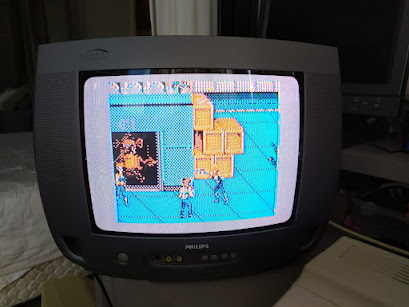Last month a new disease was found going on the country side. Those infected go berserk in an eating frenzy, sort of rabies they say. It transmits through the saliva and has a fast infection rate, person goes crazy in a matter of minutes. The good side is that these people won't be catching any planes, said the government, so it is contained, and while dangerous and with no cure, they end up dying of starvation some days later.
Last week all sorts of communications went down. Not that they didn't work, it was just that nobody sent or responded anything. Some days later, people stopped showing up in town, merchants stopped travelling. It was something to do with rumors of people disappearing or never coming back, even those who looked for them.
Early today a few military trucks showed up, they were in a shocking condition, the captain said that the region has been declared lost grounds, that the condition is serious and they will do their best to carry the ones with needs but everyone should follow them east right away, for the infected will reach the area in 4 hours.
Well, it is now 5 hours past that speech, most people went away. I fail to trust those who were leaving us to a sudden death if not for the supplies they ended up taking. I think they won´t blink to cannon fodder me should the need appears. I got a car outside with some fuel, food, supplies and a gun, I may do better on my own with the others.
This is a zombie survivor rogue-like game for the Color Computer. Not a complete project yet but an exercise in code size reduction and possible features to keep. The plan is to create a 10 line version for the competition of the same name. More about the compo here: https://www.homeputerium.de/





